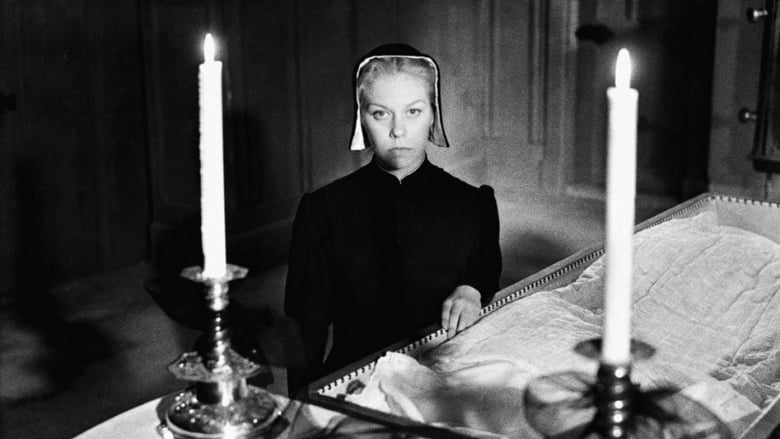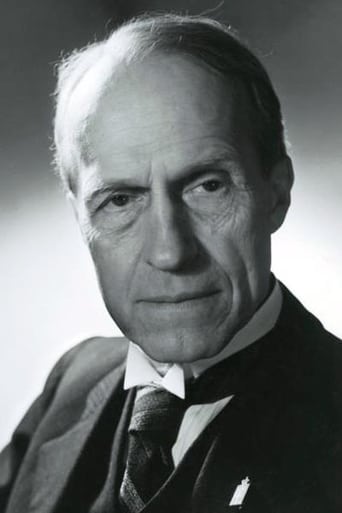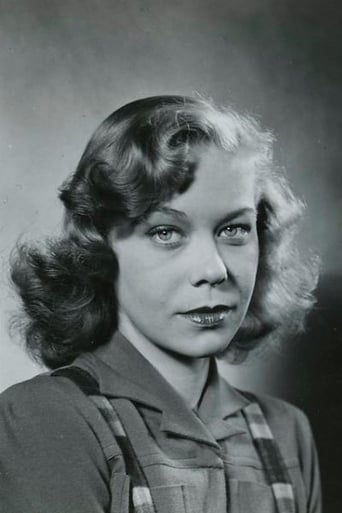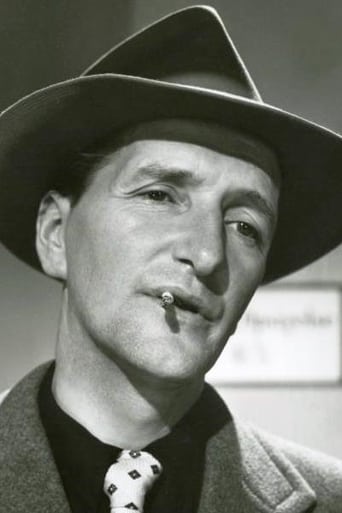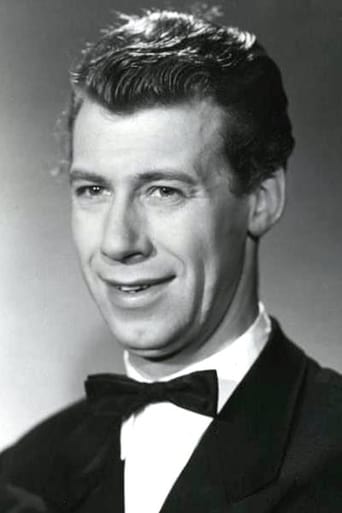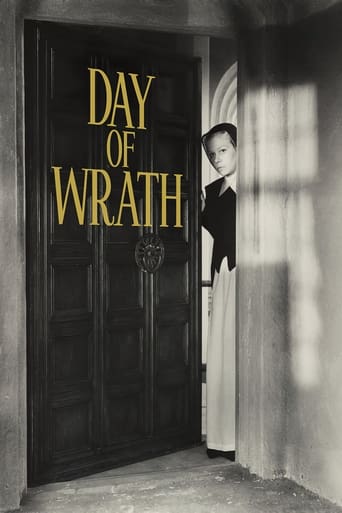
In a Danish village in the early 1600s, a young woman named Anne, whose mother was thought to be a witch, develops sympathy toward an old woman, Marte, who is accused of witchcraft. The intervention of Anne's older but kindly husband, Pastor Absalon saved her mother -- but now, urged on by his overbearing mother, he refuses to help Marte. When Absalon's son returns home and is attracted to Anne, it's a matter of time before her family destiny catches up with her.
Similar titles
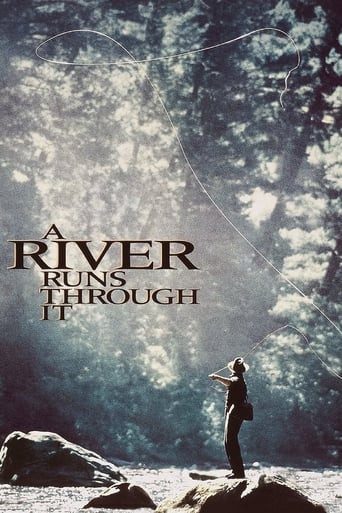
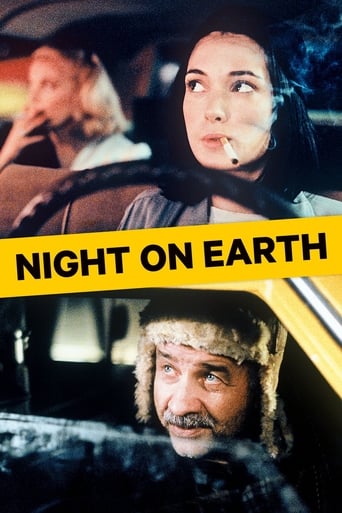
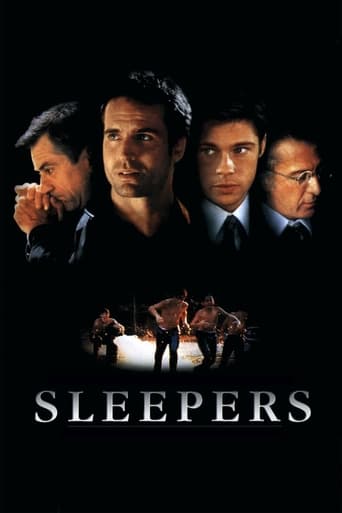
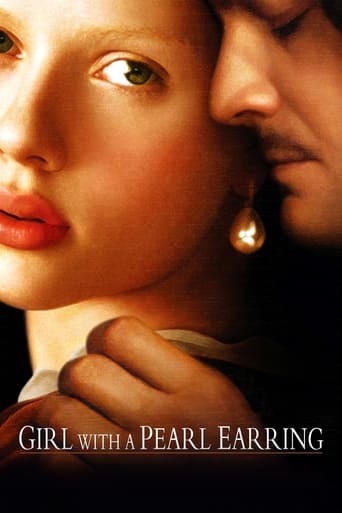
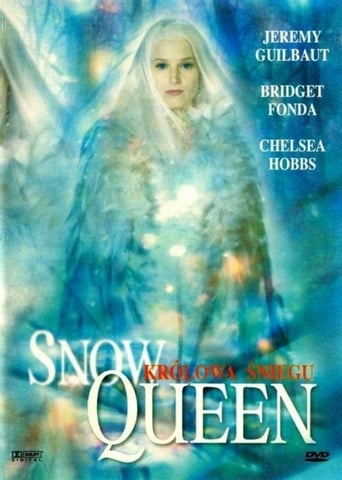
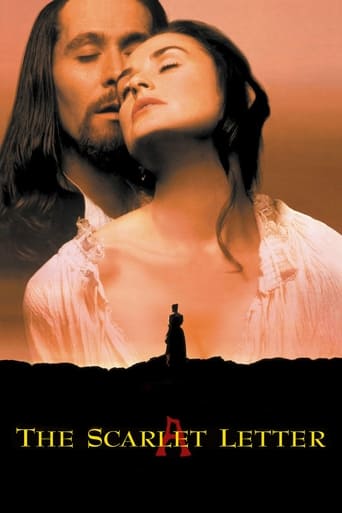
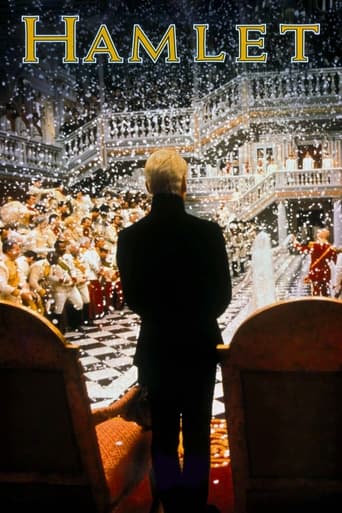
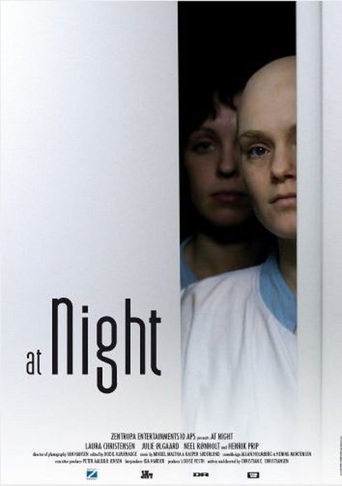
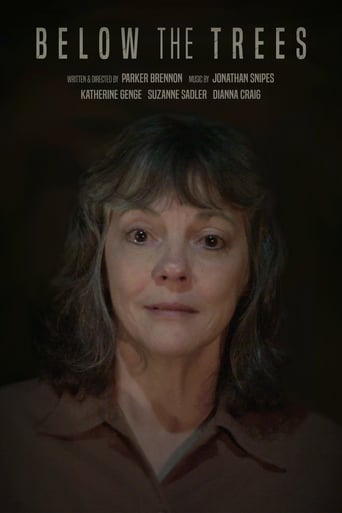
You May Also Like
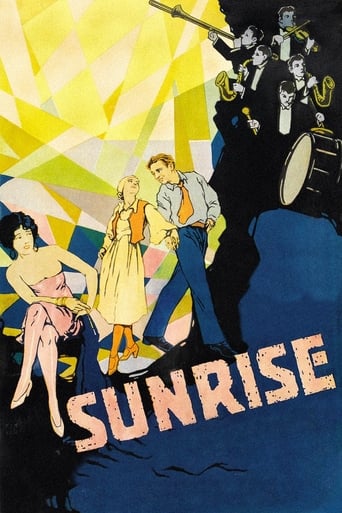
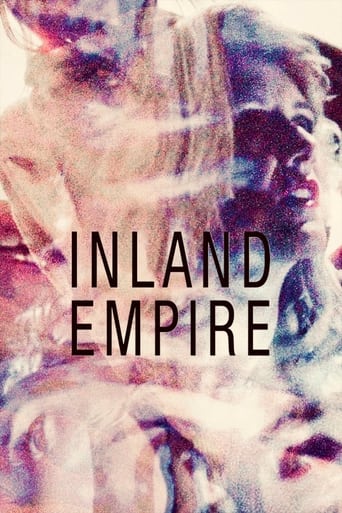
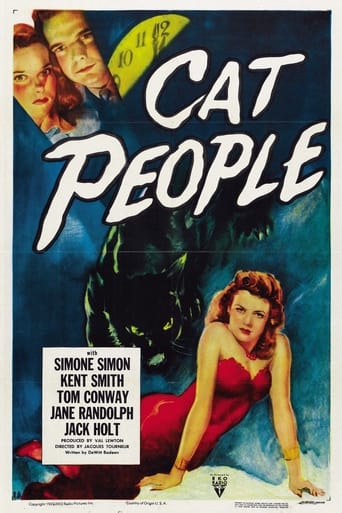
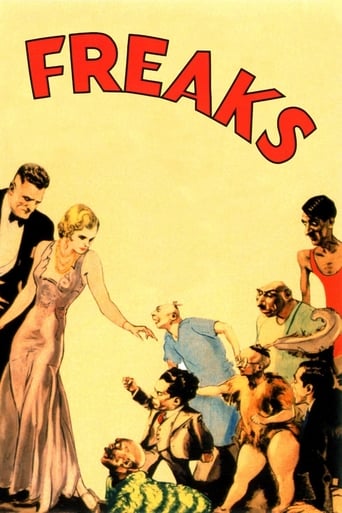
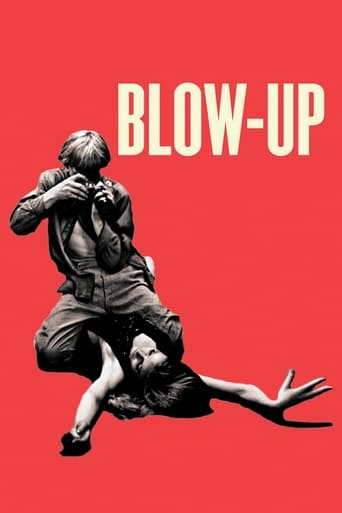

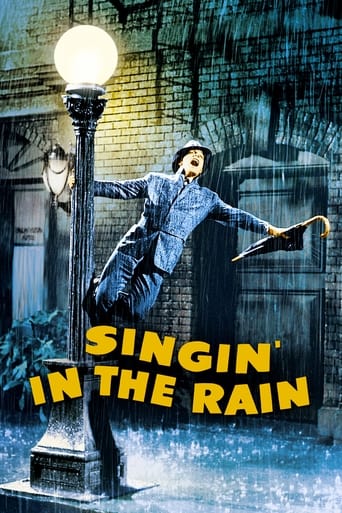
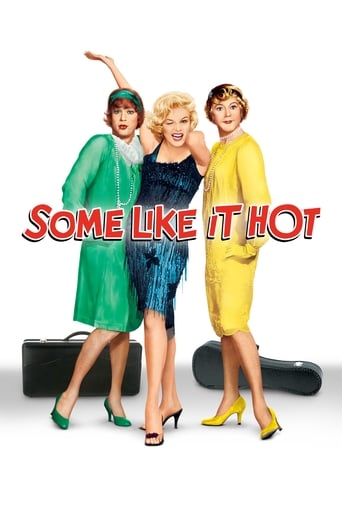
Reviews
Great Film overall
Best movie of this year hands down!
a film so unique, intoxicating and bizarre that it not only demands another viewing, but is also forgivable as a satirical comedy where the jokes eventually take the back seat.
The film may be flawed, but its message is not.
A 17th century drama about the antediluvian act of witchery persecution and the excruciating human benightedness inflicted by religious indoctrination, Carl Theodor Dreyer's DAY OF WRATH is a sublimely slow-paced threnody that sets to shock and awe. Prior to Ingmar Bergman's soul-searching felicity in psychoanalyzing our mentation on the existential basis, on that same Scandinavian land, Dreyer's more clinical and religion-inflected study has already plunged its scalpel into the realm of complex and DAY OF WRATH, albeit its archaic subject matter, is a cinematic accomplishment nonpareil.In the central there is a simple moral allegory, Anne (Movin) is the much younger wife of the gaunt rector Absalon (Roose), she falls for the latter's adult son Martin (Rye) from his first marriage, and her feeling is reciprocated, but their forbidden affair can never reach a happy ending because of the overshadowing witch-hunting, an example has been set by an elderly woman Marte (Svierkier), who has been accused as such and is subjected to the stake for immolation and before perishing, an anguished Marte implores Absalon in vain to save her just like he has bailed out Anne's mother from the same undoing, which also explains his unbefitting union with Anne in the first place. Advancing with assignations with Martin and domestic hostility with Absalon's stern mother Merete (a horrific Neiiendam), Anne comes off as a self-liberating soul bent on sloughing herself from the loveless arranged marriage, she is cunning enough to ensure that Martin is on the same page with her but naively takes his affection for granted and ignores a man's guilt stemming from betraying his own father. It takes two to tango but eventually, it is only the woman who has to pay for the consequence in an era that no scientific post-mortem is at hand to find out the true cause of a death, thus it is easily to blame it on a woman's curse and then denounces her as a witch. And amplifying a mystical tenor of the occurrences, Dreyer takes an equivocal view on the witchery itself, because apparently both Merete's and Anne's curses are eventually fulfilled, so maybe they are witches after all, which sends out a contrarian message might leave viewers considerably bewildered. Dreyer channels a more animated and poignant performance out of Lisbeth Movin's Anne in tandem with a stiffer and more forthright acting bent of other thespians, and incredibly constructs a solemn chiaroscuro environment out of its austere setting with superb compositional choices (awe-striking portraitures galore) and camera mobility, the film is draped with a vampiric ominousness even in the outdoor scenes, which is not relieved by the portentous score. It is not a comforting chamber piece to wallow in and requires a certain acquired taste and religious nourishment for Dreyer's sense of rhythm and a story so execrably backward. But credits must be bestowed to Dreyer's symbolic coup de maître amongst others, for example, that final shot morphing from a cross to a stake is simply here to stay to remind us there is a thin fine line between religious devotion and theological abuses.
I'm starting to get the impression that Dreyer's style doesn't do much for me. While he's a talented filmmaker, I feel like his movies often have pacing issues. While "Vampyr" may not have taken too much time to pick up, its pacing issues were noticeable for me since the film was only 73 minutes long (although, it's the least glaring Dreyer film I had pacing issues with). I also had similar issues with "Ordet" as its opening was slow. Pacing issues were present in this film as well. After the first 35 minutes (which were, admittedly, well-done), I felt like this film made so many mistakes in terms of handling buildup and pacing that I could simply not enjoy it.In Denmark in the 17th century, a family is effected by a merciless witch hunt. After an elderly woman named Herlof Marte is accused of being a witch by a pastor named Absalon, his wife, Anne, falls in love with Martin, the pastor's son. However, this eventually brings about disastrous consequences.My favorite part of the movie is the first third. I liked it for a number of reasons. Firstly, it has a great setup, great buildup, and a haunting conclusion to it which lingered with me long after viewing it. I also loved how it felt like a standalone short film. I like it when movies have particular scenes/portions which give me this feeling as they tend to stick out for me. I also liked how the first act established Absalon's character. I hated his character not just because he was involved in the trial of witches, but how he went about his trials. During the first act, we learned that Absalon spared Anne's mother after she was accused of witchcraft only because he wanted to marry Anne. It seemed unfair how Absalon was going to let Herlof Marte die.However, that brings me to what I liked the most about the first third of the film. It didn't suffer from the same issue I have with other movies about the witch hunt. Most movies about the witch hunt use the fact that the characters are being tried for something they didn't do to get you attached to a character. While this is preferable to style over substance, it can get boring after you see it used a lot. This movie not only used that, but Absalon's sadism to get me attached to Herlof Marte. For that reason, I felt like her character development was handled well. The opening was also memorable. The film opens up with Herlof Marte in her house when she suddenly hears bells indicating that someone has just been accused of witchcraft. However, we soon see Herlof Marte grow increasingly panicked as she realizes that she's the one their hunting.The first third of the film was excellent. Unfortunately, however, the rest of the film didn't interest me that much. Most of the film that followed the first third chronicled the relationship between Anne and Martin. The second act could've been great as well, but it wasn't handled that well. My issue with the second act was that it was overlong and slow. It just felt like buildup. If the film didn't dwell too long on that sub-plot, I likely wouldn't have an issue with it. However, it was stretched out for most of the film. Nothing happened in that portion of the film which interested me. This was a major letdown, because the film had a promising start. Eventually, however, one of the characters dies near the end, and the film does get interesting as it builds off from that. However, despite a haunting final scene that succeeded due to its ambiguity, the final act of the film wasn't handled that well. Since it happened so close to the end, the ending felt abrupt. The final act felt like it was over before it even started. The pacing should've been adjusted a lot. The second act should have been much shorter, and the final act should've been much longer. The film was unbalanced.In conclusion, I didn't like this film. While its worth a watch for its first act, the rest of the film suffers from being unbalanced in terms of pacing and buildup. I've had issues with Dreyer's style in the past, but this is my least favorite film from him. This will probably be the last film I watch from him for a while (however, I'm still debating whether I should check out "The Passion of Joan of Arc").
Imagine a world where you've been plucked from your home at a very young age, and married off to an ageing pastor whose environment in which he lives is toxic due to his strict Christian fundamentalist beliefs. The film is set in 17th century Denmark amidst the height of the witch hunting that swept europe as a means to wipe out the indigenous people in order to infect it with the middle eastern abrahamic religions.Anne, the protagonist of the film is surrounded by all the negative energies that feed on her innocent childlike soul, a loveless marriage, a mother in law that despises her, and in the background we see the horror and mad hysteria of a society where the church is handed total authority to torture and execute those who do not fit into their cult. It was a very successful tactic to convert and weed out any remaining pagans, heathens or believers in Norse mythology. We have different ways of controlling people through fear and prejudice in the 21st century with the war on terror and how ironic that sounds since war is terror. You could be forgiving in thinking that the priests and pastors who wielded power were actually possessed and worshipping a demon themselves rather than the people they denounced as witches and heretics, giving how blood thirsty and psychopathic they were in their actions.Dreyers "Day Of Wrath" is the perfect companion piece to his earlier masterpiece "The Passion Of Joan Of Arc". It conjures up the same sense of dread with judgmental eyes piercing your very soul and crushing your spirit. The tone is set right off the bat as an elderly woman is denounced as a witch, and although her morals are questionable due to her dabbling in witchcraft we understand that it was in a good cause to try and heal a villagers ailments. The scene is masterfully directed by Dreyer and puts us right into her anxieties, she is terrified to die, the pastor and his cronies are cold and without feeling or sympathy, and that sense of fear and dread is projected onto the audience. She is not a bad person and certainly does not deserve to die, especially in the name a religion that's suppose to practice love and light. All the characters share very human complexities which offer the viewer sympathy if somewhat very vague to some such as the mother in law, who seems to live her life consumed with hate and a mean spirit. The pastor who strict in his religion has succumbed to the reflections of his treatment towards Anne where guilt sinks it's teeth, he feel remorse for having taking her away from her family and married for his own selfish pleasure, and at that time Anne's mother was denounced herself and he gave her the stay of execution with the intentions of marrying her daughter, how very saintly of him. Anne now suffering the consequences has been denied of her youth, the chance to bear children, and her right to love. We still care for Anne even when she curses the pastor to die as her yearning to be set free is evident through the film and brings her to this level of hating a man who basically kidnaps and imprisons her with a life of strict control and misery.The scene where Anne and the pastors son Martin spend the day together allows the viewer to put his guard down, as everything up to that point was bleak and dispiriting. Here we see two people falling in love and Dreyer shows us the beauty in the landscapes, the slow camera movements hypnotic to the eye, our protagonist finally experiencing love for the first time even if it is like a forbidden fruit to eat given how the one she falls for is her step son. I like all the subtle biblical references that our characters have attached to them. When we least expect it the yo-yo is coiled right back from us to it's original state and Dreyer reminds us of the reality of the films tone as we see a horse carrying wood for the stake trotting past the young lovers. A truly sinister image that like the rest of the film is photographed with precision and expertise.The burning at the stake of the elderly woman and the villagers anticipation towards it is an irony within itself. Here we see a ritual masked as religion, sacrificing a human being at an alter for a deity they call god, children chanting "The burning of flesh", and the agonising death the woman they claim is satins little helper is questionable to say the least at being righteous and spiritual. Who are the real devils here? The influence this film has had over the years can be evident in the Ken Russell masterpiece "The Devils, and of course "The Wicker man". This is a true cinematic masterpiece that still holds the test of time.
Carl Theodor Dreyer's 1943 film Day Of Wrath (Vredens dag), adapted from Hans Wiers-Jenssens' novel, Day Of Wrath, by Dreyer, is an earlier, better version of the issues tackled in Arthur Miller's play, The Crucible, because, even though the film was made during the Nazi occupation of Denmark, and there are obvious parallels to be drawn between that and the film's narrative, it is never as psychologically obvious nor melodramatic as Miller's later allegory on McCarthyism. This is never made more clear than at the film's end, where the psychologically fragile Anne (Lisbeth Movin) is betrayed by her horrid mother-in-law, her lover, and her own psyche, and actually comes to believe in her own guilt of being a witch, for wishing the death of her aged husband. The whole film is also a more realistic depiction of self-delusion than Miller's play, as the 17th Century Danish Inquisitors who torture, maim, and kill in the name of their beliefs show how easily good intentions can become twisted. Anne is clearly the central figure, and her rise and fall, from shy dour hausfrau of old Reverend Absalon Pedersson (Thorkild Roose), to energetic vibrant lover of his son, Martin (Preben Lerdorff Rye), who is about the same age as her, and returns to the home after years abroad, to denounced, deluded, and subservient victim of her wicked mother-in-law, Merete (Sigrid Neiiendam), is the center of the film's drama and emotion. Day Of Wrath is one of the most masterful black and white films ever made, and the use of shadow by Dreyer and cinematographer Karl Andersson is stunning. Only other Dreyer films come close to being as effective in the use of such as this film is . Day Of Wrath is one of those films that is possibly difficult to judge by modern standards, yet if it is not clearly a great film, the way his earlier Vampyr is, it's only because it is not a genre work, like that film, and thus not subject to a more delimited horizon. In many ways, these same issues would be tackled a decade and a half later, in Ingmar Bergman's The Seventh Seal, a more modern and complex work, yet one which never quite hits the visceral peaks this film does. And, comparisons to other great works of art are never to be dismissed lightly. Neither is Day Of Wrath.
Top Streaming Movies











